How Stem Cell Therapy Is Helping Heart Patients in Slovakia
.png)
Heart disease remains one of the leading health challenges globally, leaving many patients searching for solutions beyond traditional medication and surgery. You might have heard about the potential of regenerative medicine and found yourself wondering: How effective is stem cell therapy for cardiovascular disorders in Slovakia? It is a valid question, especially as this small Central European nation emerges as a hub for advanced, regulated medical treatments.
Slovakia has quietly become a preferred destination for medical tourists seeking high-quality care without the exorbitant price tags found in the US or UK. The country combines strict European Union safety standards with innovative research, particularly in the field of stem cell therapy for heart failure and other vascular conditions. Patients aren't just finding hope here; they are finding modern facilities, English-speaking specialists, and comprehensive care protocols designed to target the root causes of tissue damage.
In this guide, we will explore everything you need to know about undergoing this treatment in Slovakia. From the specific biological mechanisms that help repair heart tissue to a detailed breakdown of costs and safety regulations, we will cover the essential information to help you make an informed decision about your heart health journey.
What is the success rate of stem cell therapy for heart failure in Slovakia?
Determining the exact "success rate" for any medical procedure can be complex, but the data emerging from stem cell clinics in Slovakia is encouraging. Success in this context is typically measured by improvements in the patient's quality of life, reduction in symptoms like shortness of breath and fatigue, and objective medical metrics such as Left Ventricular Ejection Fraction (LVEF).
Clinics in Slovakia, report that a significant majority of their cardiovascular patients observe positive changes. These improvements often include:
- Enhanced physical stamina: Patients report being able to walk longer distances without exhaustion.
- Reduction in medication: Some patients are able to lower the dosage of their daily heart medications under doctor supervision.
- Improved sleep and energy levels: Better circulation often leads to better overall vitality.
It is important to understand that stem cell therapy is not a "magic cure" that works overnight. The goal is regenerative—repairing damaged tissue over time. Slovakian specialists emphasize that the best results are seen in patients who combine the therapy with a healthy lifestyle and follow-up care. The therapy is most effective for conditions like ischemic heart disease and dilated cardiomyopathy, where the goal is to revitalize dormant or damaged heart muscle cells.
How much does stem cell therapy for heart disease cost in Slovakia?
One of the primary drivers for medical tourism to Slovakia is the cost-effectiveness of the treatment. When asking how much does stem cell therapy cost, it is crucial to compare apples to apples—looking at the quality of the cells, the safety of the facility, and the expertise of the medical team. Slovakia offers a "sweet spot" of high EU standards at a fraction of Western prices.
In the United States, a similar treatment protocol could easily cost between $25,000 and $50,000, often without insurance coverage. In Slovakia, the starting price of roughly $6,000 covers not just the procedure, but often the consultation and specialized medical testing as well. This price difference is due to lower operational costs and living expenses in Slovakia, not a lack of quality.
Here is a comparative look at the estimated costs for heart stem cell therapy globally:
| Country | Estimated Cost Range (USD) | Notes |
|---|---|---|
| Slovakia | $6,000 - $10,000 | Includes EU-standard safety & specialized care |
| United States | $25,000 - $50,000+ | High variability, rarely covered by insurance |
| United Kingdom | $20,000 - $40,000 | Limited availability for elective regenerative care |
| Mexico | $4,000 - $12,000 | Variable regulation standards |
| Germany | $15,000 - $25,000 | High standard of care, higher price point |
What types of stem cells are used for cardiovascular treatment in Slovakia?
The type of cell used is a critical factor in the safety and efficacy of the treatment. Slovakian stem cell regulations are strict, mirroring the ethical standards of the broader European Union. This means the use of embryonic stem cells is banned. Instead, clinics focus on adult stem cells, which have a proven safety profile and no risk of rejection when properly processed.
For cardiovascular patients, the most common types used are:
- Umbilical Cord-Derived MSCs: These are "young" adult stem cells harvested from healthy, donated cords after birth. They are potent, have low immunogenicity (meaning they don't trigger an immune response), and are excellent at reducing inflammation.
- Adipose-Derived Stem Cells: Extracted from the patient's own fat tissue via a mini-liposuction. These are abundant and easy to harvest.
- Bone Marrow-Derived Cells: The traditional source, often used for its rich concentration of growth factors known to support blood vessel formation (angiogenesis).
The choice of cell type often depends on the specific condition of the patient and the doctor's recommendation. For heart failure, Mesenchymal Stem Cells (MSCs) are favored because of their ability to "home" to sites of inflammation and injury, releasing paracrine factors that stimulate the repair of heart tissue and the growth of new capillaries.
Is stem cell therapy in Slovakia safe for heart patients?
Safety is the number one concern for any patient traveling abroad for treatment. Fortunately, Slovakia is not the "Wild West" of stem cells. The country operates under the rigorous oversight of the Slovak Ministry of Health and follows European Union guidelines for Good Manufacturing Practice (GMP) in their laboratories.
Furthermore, because Slovakian clinics exclusively use adult stem cells (autologous or allogeneic from screened donors), the risk of tumor formation—a concern associated with embryonic cells—is effectively eliminated. Patients can have peace of mind knowing they are being treated in a modern medical environment that prioritizes patient safety above all else.
How does the stem cell procedure for heart disease work?
Many patients imagine a complex surgery when they think of heart treatment, but stem cell therapy for cardiovascular disease in Slovakia is surprisingly simple and minimally invasive. The goal is to introduce the cells into the bloodstream so they can circulate and find the damaged heart tissue.
The typical patient journey looks like this:
- Pre-Treatment Assessment: You will undergo a physical exam and blood tests to ensure you are healthy enough for the procedure.
- Cell Preparation: If using donor cells (umbilical), they are thawed and prepared in the on-site lab. If using your own cells (fat or bone marrow), a harvesting procedure is performed under local anesthesia.
- Administration: The most common method for heart patients is a standard IV drip (intravenous infusion). This allows the stem cells to travel through the pulmonary circulation and reach the heart. In some specific cases, doctors might recommend other delivery methods, but IV is the standard for safety and comfort.
- Observation: After the infusion, you will rest in the clinic for 3 to 5 hours while nurses monitor your vitals.
There is typically no need for an overnight hospital stay for the procedure itself, making it convenient for international travelers.
Who is a good candidate for this treatment?
Not everyone is a perfect fit for regenerative heart therapy. Slovakian specialists conduct a thorough review of medical records before accepting a patient. The treatment is generally best suited for patients who have exhausted standard medical options but are not in critical, end-stage organ failure where a transplant is the only option.
Good candidates typically include those with:
- Ischemic heart disease (caused by narrowed arteries).
- Dilated cardiomyopathy (enlarged heart).
- Chronic heart failure (Classes I-III).
- Angina pectoris that isn't fully controlled by medication.
Exclusions: Patients with active cancer, severe infections, or uncontrolled bleeding disorders are usually not eligible. Pregnant women are also excluded. It is vital to send your recent echocardiograms and medical reports to the clinic beforehand so their medical board can determine if the therapy is likely to help your specific case.
How does Slovakia compare to other countries for stem cell therapy?
When choosing a destination for medical tourism, you are weighing cost, safety, and convenience. Slovakia stands out because it is an EU member state. This guarantees a level of hygiene, medical training, and legal oversight that you might not find in some cheaper destinations in Asia or Latin America.
Compared to the US or UK, where stem cell therapy is often restricted to clinical trials or is prohibitively expensive, Slovakia offers accessibility. The clinics here have been treating international patients for over a decade, meaning they have honed their logistics to assist with everything from airport transfers to accommodation. You get the reliability of European medicine with the accessibility of a medical tourism hub.
What are the side effects of stem cell therapy for heart conditions?
One of the major advantages of using adult mesenchymal stem cells is their safety profile. Severe adverse reactions are extremely rare. The most common "side effects" are simply the body's natural response to the introduction of new cells.
Patients might experience:
- Flu-like symptoms: A low-grade fever or chills for a few hours after the IV drip.
- Fatigue: Feeling tired the day of the procedure is normal.
- Injection site soreness: If cells were harvested from fat or bone marrow, the harvest site may be sore for a few days.
Because the cells are immunologically "privileged" (especially umbilical cord cells), there is practically no risk of the body rejecting them in the way it might reject a heart transplant. No heavy immunosuppressant drugs are needed.
How long does it take to see results?
Patience is key with regenerative medicine. Unlike a surgical bypass that fixes a plumbing issue instantly, stem cells work by repairing tissue and reducing inflammation at a cellular level. This biological process takes time.
Timeline of Recovery:
- Weeks 1-4: The anti-inflammatory effects begin. Patients often report feeling "lighter" or having better sleep.
- Months 2-3: Improvements in physical capacity usually become noticeable. Shortness of breath may decrease.
- Month 6: This is often when doctors recommend a follow-up echocardiogram to measure objective changes in the heart's ejection fraction.
Some patients may require a second dose or "booster" treatment 6 to 12 months later, depending on the severity of their initial condition and their response to the first round.
Are there English-speaking doctors in Slovakian stem cell clinics?
Language barriers are a common fear for medical tourists, but they are rarely an issue in Slovakia's private medical sector. Clinics that specialize in stem cell therapy for foreign patients hire staff who are fluent in English. From your initial email inquiry to the consultation with the head cardiologist, you will be able to communicate effectively.
Additionally, medical reports and discharge summaries are typically provided in English, so you can share them with your local doctor back home. This transparency is a hallmark of the high-quality service provided by Slovakian medical tourism facilitators.
Can stem cells cure heart failure completely?
It is important to manage expectations. While the term "miracle cure" is often thrown around in online forums, reputable doctors in Slovakia will tell you that the goal is improvement and regression of symptoms, not necessarily a total cure. For a heart that has been damaged by a massive heart attack, stem cells can help repair viable tissue and improve blood flow, but they may not be able to erase deep, old scar tissue completely.
The success is measured by a better quality of life: being able to play with grandchildren, walk without gasping for air, and staying out of the hospital. For many patients, this improvement is life-changing enough.
What is the recovery time after the procedure?
One of the biggest benefits of this therapy is the lack of "downtime." Since there is no open-chest surgery, there is no long, painful recovery in a hospital bed. Most patients travel to Slovakia, have their consultation on day one, treatment on day two, and are ready to fly home or enjoy a light tour of Bratislava by day three or four.
However, doctors will advise you to take it easy. Your body is undergoing a repair process. You should avoid heavy lifting, intense cardio, and high-stress situations for a week or two following the treatment to give the stem cells the best chance to settle and do their work.
Do Slovakian clinics offer follow-up care?
Your relationship with the clinic doesn't end when you leave the country. Post-treatment care is a vital part of the protocol. Clinics in Slovakia generally assign a patient coordinator who will stay in touch with you. They will ask for updates on your symptoms and request that you see your local cardiologist for standard check-ups.
This data is crucial not just for your health, but for the clinic to track the long-term success of their treatments. It demonstrates a commitment to patient outcomes rather than just a transaction.
Why choose Slovakia for medical tourism?
Beyond the medical benefits, Slovakia is simply a lovely place to visit. It is safe, clean, and easy to navigate. The clinics are often located in or near Bratislava, the capital, or smaller serene towns like Malacky. This provides a stress-free environment which is conducive to healing.
The cost savings extend to travel expenses as well. Accommodation and dining in Slovakia are generally cheaper than in Western Europe, allowing you to stay comfortably without breaking the bank. The country is easily accessible via Vienna International Airport (just 45 minutes from Bratislava) or Bratislava's own airport.
What should I ask during my consultation?
Being an empowered patient means asking the right questions. When you contact a clinic in Slovakia, have this checklist ready:
- "What is the source of the cells you will use for me?" (Umbilical, bone marrow, etc.)
- "How many cells will be administered?" (Cell count is a key quality metric).
- "Can I speak to a past patient?" (References can be very reassuring).
- "What happens if I don't see results?" (Understand their policy on retreatment).
- "Is the price all-inclusive?" (Check for hidden fees for medication or transport).
By getting clear answers, you can embark on your journey to better heart health with confidence.


.png)
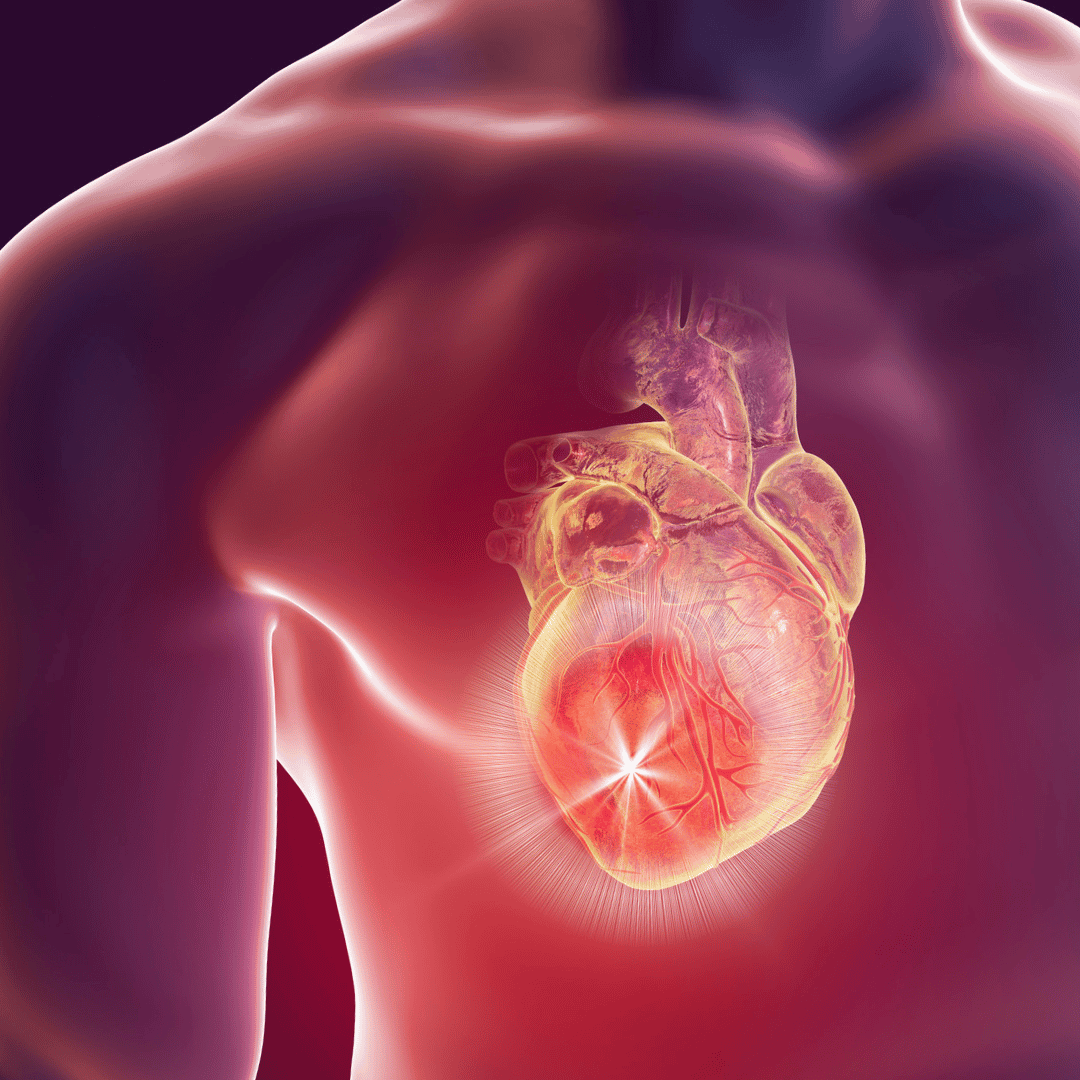



.jpg)
.jpg)

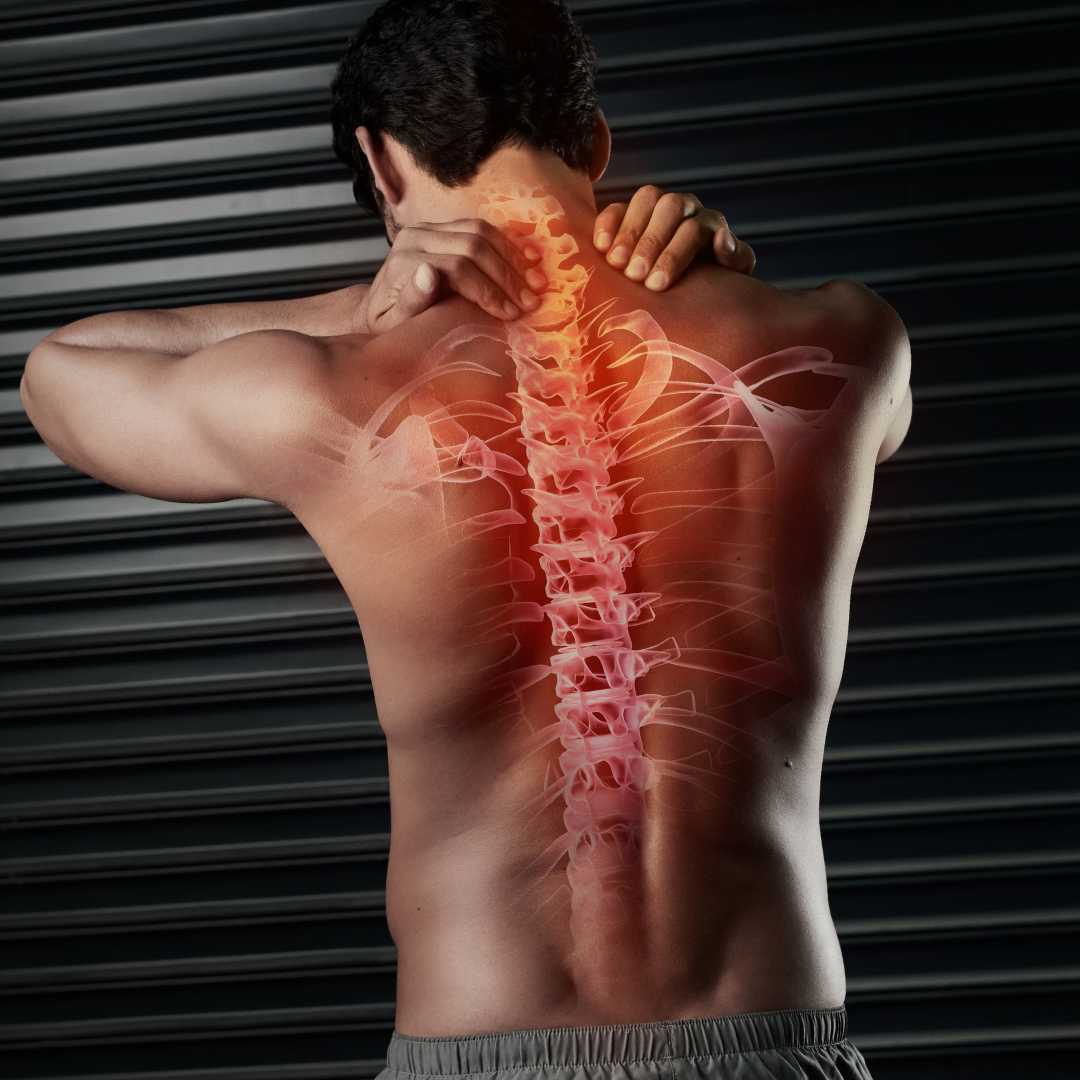
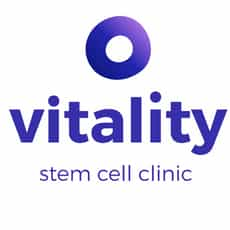
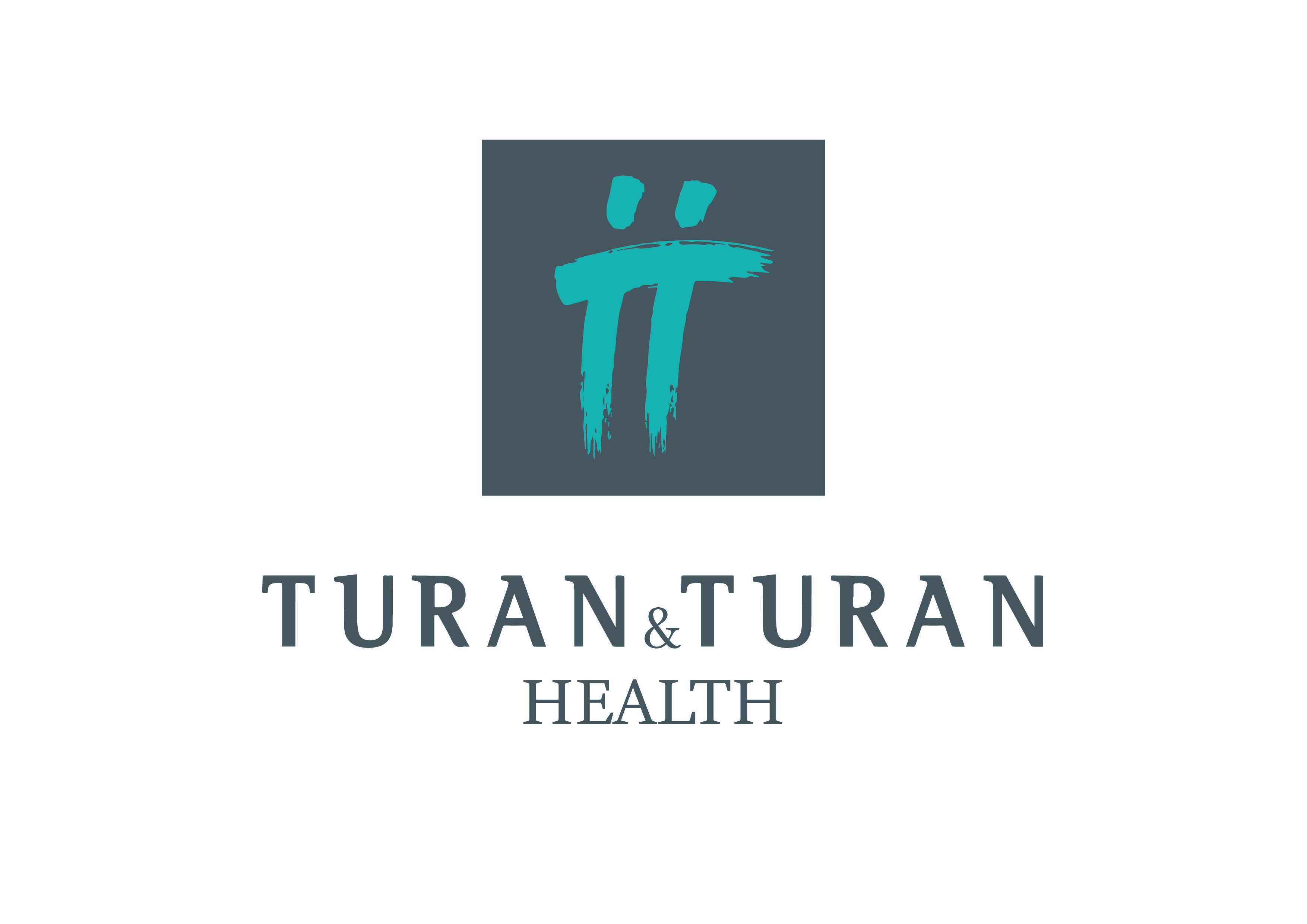

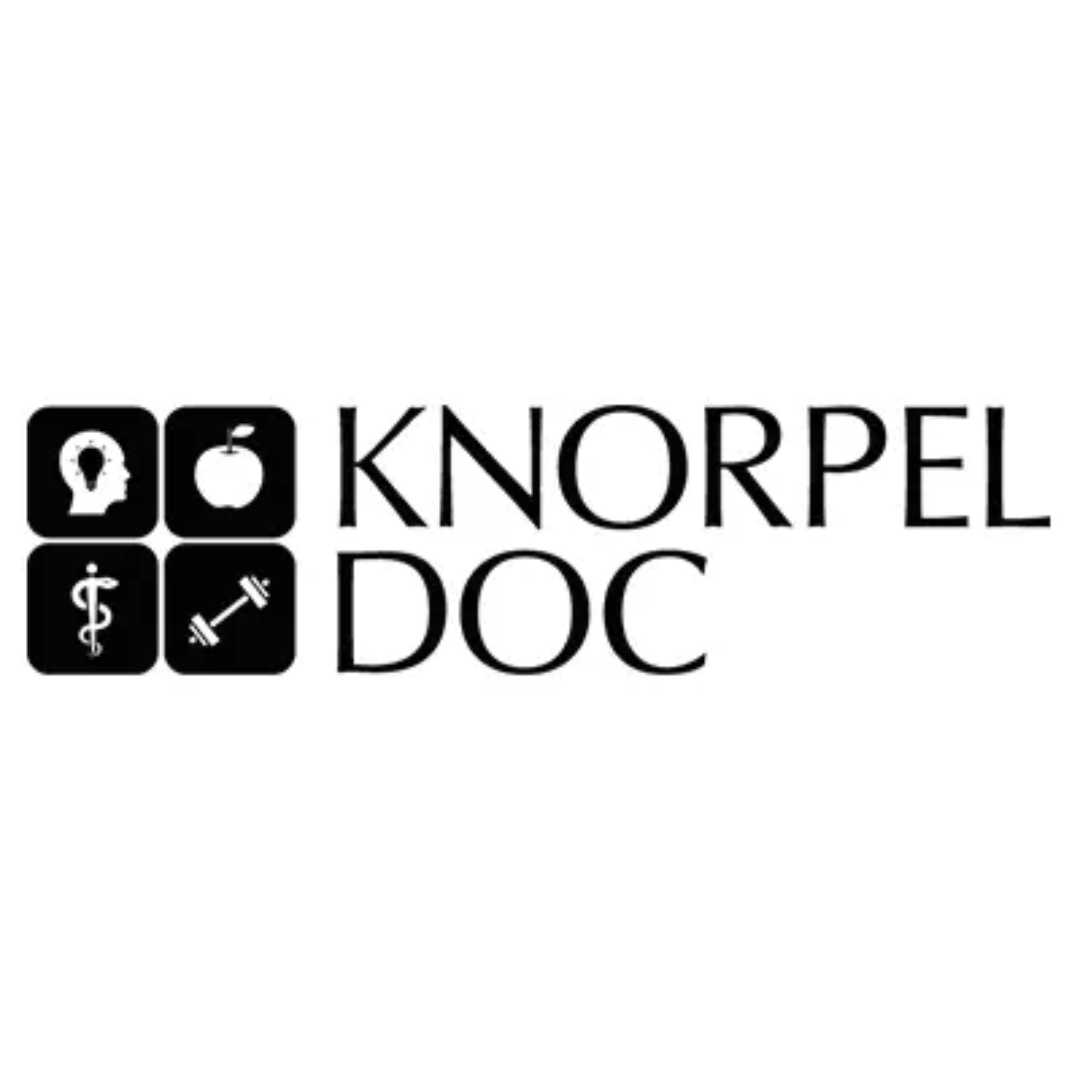


Share this listing